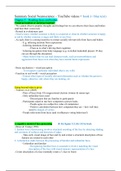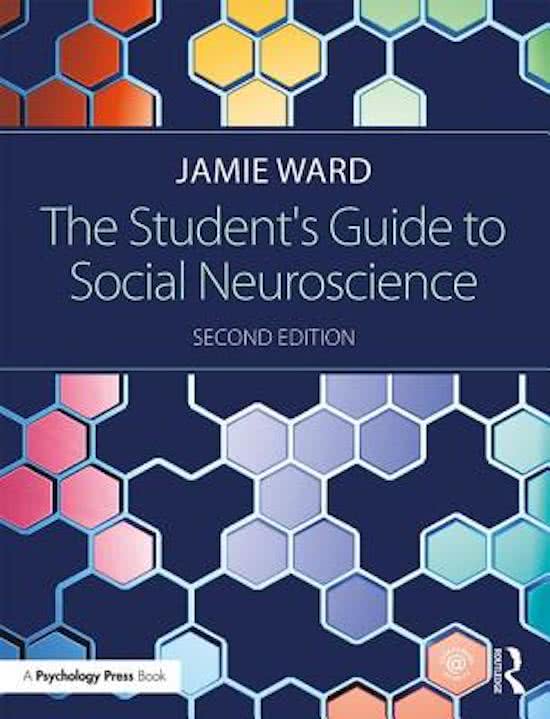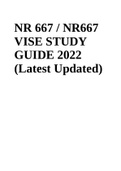Summary
Summary Social Neuroscience (for MC exam chapters 5-7)
- Course
- Institution
- Book
Summary of Social Neuroscience for the first MC exam of chapter 1-4. I summarised the YouTube videos of Jamie Ward and added information from the textbook (in blue text)! Good luck :)!
[Show more]






